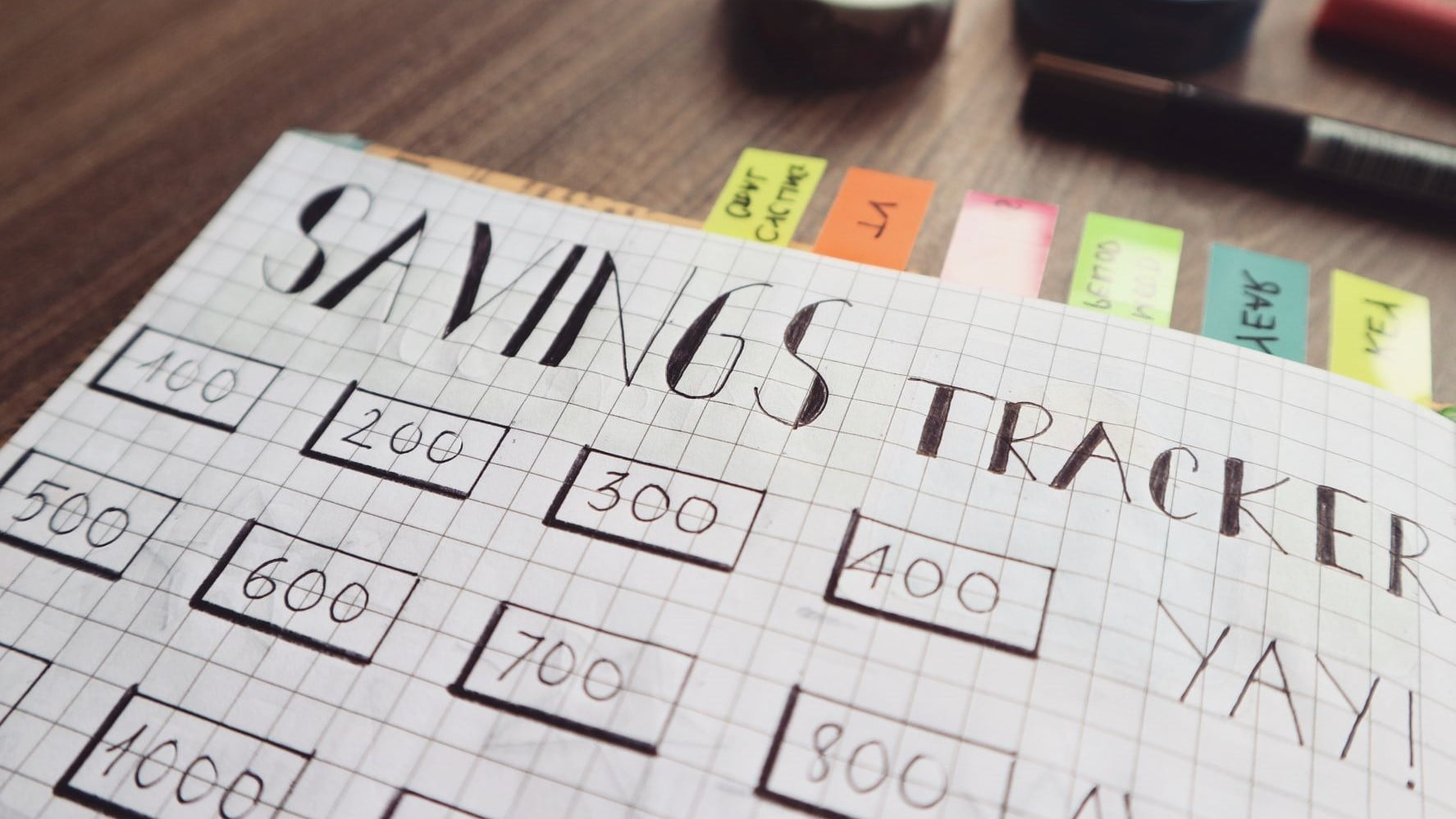How to Set Your Freelance Graphic Design Rates

For freelance graphic, brand, and web designers, one of the hardest moments of starting your business usually involves determining your pricing.
You have a service, you have a freelance platform, you know your stuff… and you have a prospective client. But what should you charge them?!
Crazy thoughts go through your head. Maybe you shouldn’t charge anything! Maybe because you’re new, customers will be offended… by a price! Oh dear, what does a new freelancer do!?
Don’t worry. We’ve got you!
You need a bit of knowledge, and you’ll soon be issuing happy invoices to happy customers and depositing happy transfers to your new business.
If you need some support with attracting design clients in the first place, especially your dream $12k and up clients — be sure to join us in our free $12k Client Attraction Masterclass!
Is There a Right Way to Price?
Did you know that graphic designers and creatives like branding designers, logo designers, illustrators, art directors, packaging designers, and web designers have 4 different ways to price their services? Don’t worry, if you didn’t know. Now you will!
Let’s list the ways to price your services:
- Charge according to the amount of time the project takes you to complete (hourly pricing)
- Charge a flat-fee to complete the project (project pricing)
- Offer options for different service combinations (package pricing)
- Assess the client and the project and estimate the project’s value (value-based pricing)
Usually, freelancers start with one method and they move to another as they grow. Each pricing method has some advantages, but only one allows you to grow your freelance business in a big way.

So, if you want to remain small, like a boutique or hobby side-gig business, then you’ll likely stick to hourly or project pricing. Honestly, it’s hard to create a full-time and profitable business this way.
If you’re marketing your services aggressively and want to support yourself full-time, you’ll likely move towards some form of package pricing.
And, if you really want to grow and succeed, with the business responsibilities and freedom that come with growth, then you’ll need to understand value-based pricing.
In reality, you might end up using them all, even all at once (but not for the same client)! That’s part of the pricing secret. The secret is that there isn’t a “right way” but there are distinct advantages that you can leverage once you understand how they work.
What Are Your Services Worth?
It’s tempting to start from this question — what are your services worth? But services only have a real value if the market agrees. After all, if there are no customers to pay the amount you think your services are worth, supply and demand are playing tricks on you. Gaining profitability will be hard until you understand what your services are really worth.
And, conversely, it’s way too easy to succumb to imposter syndrome and under-value your services as well. We’ve seen lots of freelancers who struggle to make ends meet and work themselves to burn-out because they aren’t valuing their services highly enough.
But how do you know? What’s the sweet spot in the market?

Here’s what you need to understand:
- What are your business expenses?
- What are your personal income needs?
- What does profitability look like, in your context?
- What is the competition charging?
- What quality do you offer in the marketplace?
- Who are your customers?
- Do your customers have a healthy or lean budget for design services?
- What are customer perceptions about price in your industry?
If you can answer all of these questions (not exhaustively, but with some researched basics), you’ll arrive at an answer. It will be your minimum price structure. In other words, it will create profitability for you and your business, it will ensure sustainability going forward, and it will be acceptable to your customers.
Once you know the basics, you can then begin looking at how you will structure your pricing.
Go Big or Go Home
There’s some truth to the boldness of that saying: go big or go home. It doesn’t always work, we know, but it’s helpful when anxiety is affecting your ability to objectively assess your services’ value and what price is appropriate to charge.
We all know that working for free is a terrible idea. It certainly doesn’t build a business. There may be some limited value in taking on some charitable passion projects at the beginning, in order to build your portfolio, but you need to learn how to get graphic design clients (paying ones!) to run a real business.
But, if you price your services too low, you’ll get a reputation and a following in that segment of your industry and the market where you are selling. You’ll be the cheap designer.
And we likely don’t need to tell you that cheap designers attract cheap clients — and cheap clients can be petty, problematic, hard to secure, fickle, full of revision requests, and slow to pay! All problems you want to avoid, for sure!

The alternative is to price on the high side. The trick is to find the sweet spot where you’re within range of your competition. And you need to be out there and attracting attention in the industry. Here’s our marketing and advertising essentials:
- Your online portfolio (on your website) needs to kill it!
- You need to establish who your target client is (what industry and who is the “decision making person” buying your services in that industry?)
- You need to figure out where that ideal client hangs out… and then you need to be there!
- You need to build a promotional (advertising, social media, etc.) hubbub around your business… and you need to be wise about how you do it, so you’ll have time and energy to create all those wonderful client projects as well!
Here’s the biggest secret we can give you… and it will affect everything from your pricing structure to your long-term profitability:
You need to focus on learning how to run a successful business way more than you need to focus on your design skills or creative talents. Now is the time to decide that you are going to major on small business operations this year and next, while “minoring” in creative design.
This doesn’t mean that you’ll neglect project outcomes or you won’t wow your clients with great work. Of course you’ll do that! But you’re going to be learning a new skill at the same time. And it might not be your favorite skill, but it will ensure your long-term profitability. If you learn how to run a business well, you’ll have a business to run 😊
Invest in your future. Determine to major on learning to run your business. Prioritize it every week. Determine how you’re going to learn a lesson this week… and next week… and the week after that. All those individual business operations lessons will result in a growing business that will out-perform your peers and the competition. It’s true!
If you’re ready to uplevel your portfolio from a business perspective to attract your dream clients, be sure to grab a spot in our free portfolio workshop here.
Value-Based Pricing for Designers
We’re encouraging you to assume that you’re ready, as a creative, as a graphic designer, to go out on your own. If a project requires something you don’t know, you’ll pick it up quickly. And you’ll be on the look-out constantly for inspiration, because that’s what we creatives do!
But, behind the scenes, you’ll be learning as much as you can from people and sources you trust about running your business.
And one of the things you will be learning about is why one pricing model is better than another. In fact, each is good in certain circumstances. None are bad (they all represent revenue for your business and customers paying your bills, after all!). But there will be one or two that will help your business to stand out and grow.
In our agency, we were late to learn about the pros and cons of pricing. We focused on hourly pricing for too long. We dabbled with project packages but didn’t understand how many we should offer to clients and what components each package should have.
Our biggest mistake was that we undervalued our services (and underpriced them) for years!

When we learned about value-based pricing, this model transformed our business. It is what gave us other clues about running our business. We picked a target industry (and we picked one we love!). We figured out who are ideal client was and we went out and found them (online, of course!).
We networked and figured out how to rock our niche. We became the industry’s go-to experts in our area and now we get word-of-mouth referrals, both inside our niche market and in the wider market too.
We now have the luxury of being very choosy. We only work with the clients we feel great working with. Sometimes, we turn down work. Recently, we turned down a $5K branding job, just because we knew the client was going to be a problem. You know when you just know that the revisions are going to be never-ending?!
Our starting project pricing (using a mix of project package pricing and value-based pricing) is now $12K. Often, we’re quoting at the $15 – 18K range and higher!
And we have a stream of clients, we’re booked out in advance, and we have a stable of wonderful design professionals who work together on our team to provide wow results for our clients. In a word, we’re profitable.
And you can be, too.
Freelance Graphic Design Pricing Guide
At Aventive Academy, we’ve taken all of the great business lessons we learned (often the hard way!) and put them together in one place. It’s why we write these blogs. We want to encourage others, to help the wonderful explosion of online freelancing that is available to creatives now, and to provide affordable resources to get you to the place you want to be.
We created some value-packed online programs that teach you how to build a profitable design business and attract your dream clients. We also have a new design business course that’s specifically all about pricing your services!
Pricing Your Design Services is a self-paced online video course that comes with detailed workbooks, exercises, and practical, step-by-step instructions to help you set your rates and feel great about them.
In our Pricing Your Design Services course, you’ll learn how to determine your financial goals (how much money your business needs to be profitable), and we’ll talk about each of the four pricing models above in detail.
We’ll help you to evaluate and implement each one, including how to calculate and use value-based pricing which many designers have questions about.

The course talks about whether to negotiate prices (some clients will ask), whether to put your prices on your website, and how to raise your prices if you need to (and how to know when you’re pricing too low).
In business, the bottom line is the point. Follow the money is the easy-to-remember rule. And if bottom line, profitability, revenue, and money are essential for a healthy freelance business, then understanding how to price your services appropriately is the ideal place to start. Focus on revenue and everything else will follow.


